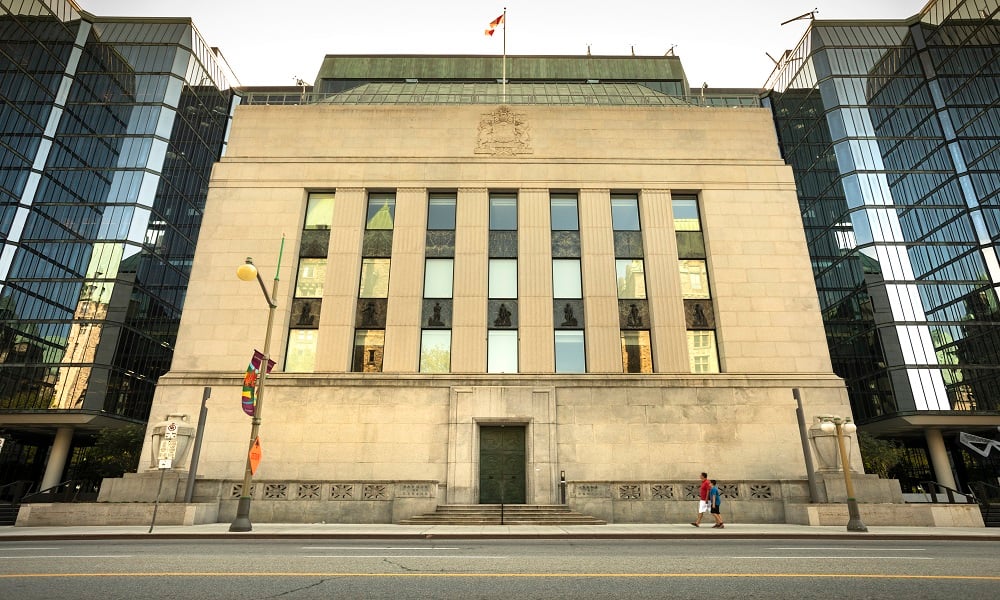COVID-19 is expected to play a significant role

The Bank of Canada’s 2022 strategy, including its approach to its rate hikes, will serve as an “early litmus test” on how the central bank will manage evolving pandemic risks, according to RBC Economics.
Amid record-high COVID-19 cases driven by the contagious Omicron variant, some jurisdictions have begun reinstituting containment measures, although no hard lockdowns are evident yet.
“We should get more information on the severity of this wave in the coming weeks, but at this stage we are treating it as a speed bump in an economic recovery that will otherwise continue to progress in 2022,” RBC said. “Its impact on inflation is less certain as it could exacerbate supply chain bottlenecks and keep goods prices under upward pressure.”
Read more: Rate hikes, inflation to weigh heavily on household finances – poll
RBC said that this month will be a crucial one for the BoC’s overall 2022 strategy.
“Even with containment measures set to slow Canada’s recovery early this year, we think the BoC will lean hawkish in January and lay the groundwork for near-term rate increases,” RBC said. “Markets likewise don’t see Omicron derailing central banks’ tightening plans with three or more hikes still priced in for the BoC … this year.”
“We expect the BoC will also take the long view and signal rate hikes are coming even with some restrictions being reintroduced,” RBC said.
The BoC said in mid-December that it expects to uphold its 2% inflation target for the next five years, which will “help [the central bank] address the challenges of structurally low interest rates by using a broad set of tools, including sometimes holding its policy interest rate at a low level for longer than usual,” it said. “The Bank will utilize the flexibility of the 1% to 3% range only to an extent that is consistent with keeping medium-term inflation expectations well anchored at 2%.”



